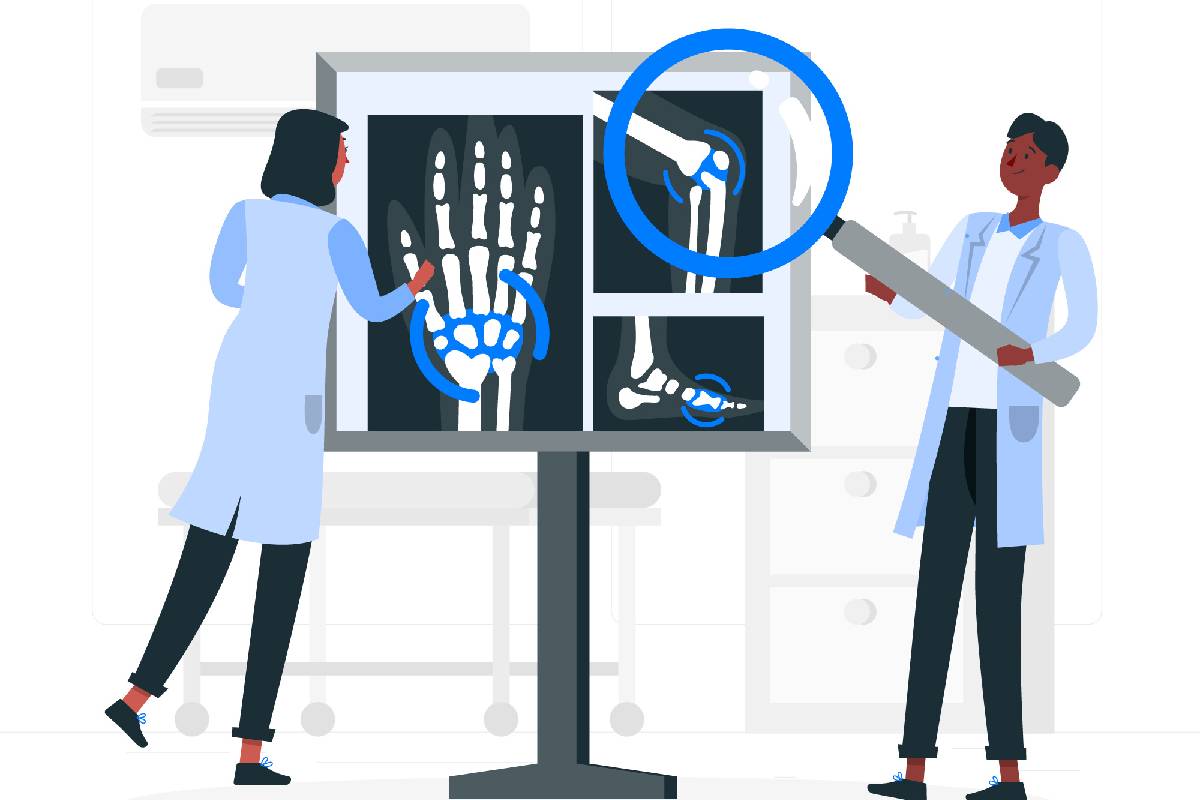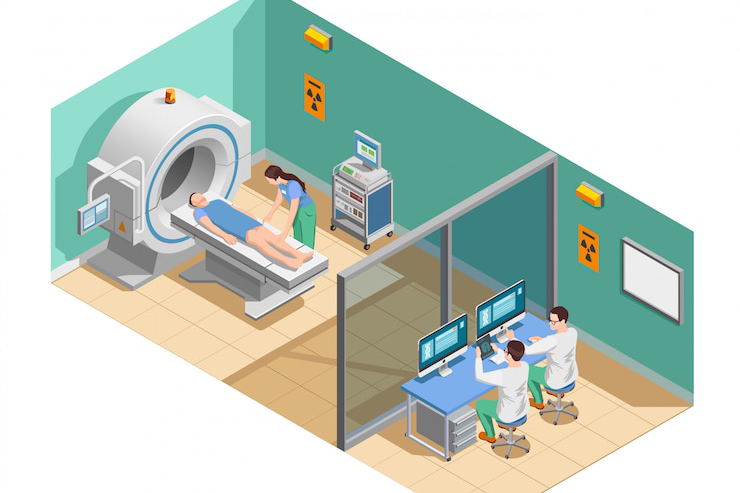
Rebuilding Strength: The Evolution of Bone and Joint Replacement
Bone and joint replacement surgery has transformed millions of lives, offering hope and relief to those suffering from severe arthritis, injury, or degenerative joint conditions. Over the past few decades, advances in medical technology and surgical techniques have revolutionized this field, making joint replacement more effective, less invasive, and with shorter recovery times. As we look to 2024 and beyond, the evolution of bone and joint replacement continues to reshape how we approach mobility and quality of life.
The Evolution of Bone and Joint Replacement
From early crude implants to today’s sophisticated designs, the field of joint replacement has evolved dramatically over the years. Several key advancements have shaped the current landscape of bone and joint replacement, making it safer and more accessible than ever.
- MinimaInvasive Surgical Techniques
One of the most significant improvements in joint replacement surgery is the rise of minimally invasive techniques. Traditional joint replacement often required large incisions, leading to longer recovery times, higher risks of infection, and more post-operative pain. In contrast, minimally invasive procedures use smaller incisions, reducing muscle and tissue damage. This approach allows patients to experience shorter hospital stays, quicker recovery, and less pain. As a result, many patients can return to their daily activities faster than with traditional methods.
- Advanced Prosthetic Materials
The materials used in prosthetic joints have seen incredible advancements, leading to longer-lasting implants with improved functionality. Modern implants are made from a combination of metal alloys, durable plastics, and ceramics that are biocompatible, reducing the risk of rejection and wear. In particular, ceramic-on-ceramic and ceramic-on-polyethylene prosthetics are known for their durability and reduced friction, making them ideal for younger, more active patients who want their joint replacements to last longer. These innovations have drastically increased the lifespan of implants, with many lasting 20 years or more.
- 3D Printing and Custom Implants
The introduction of 3D printing has revolutionized bone and joint replacement by allowing for the creation of customized implants. Surgeons can now design and print prosthetics tailored to a patient’s specific anatomy, ensuring a better fit and more natural movement. This personalized approach not only improves the outcome of the surgery but also reduces the likelihood of complications, such as implant loosening or dislocation. As 3D printing technology continues to advance, we can expect even more precise and individualized solutions in the near future.
- Robotic-Assisted Surgery
Robotic-assisted surgery has been a game-changer in joint replacement, providing surgeons with enhanced precision and control during the procedure. These systems allow for real-time imaging and computerized guidance, enabling the surgeon to make highly accurate cuts and alignments. This precision reduces the risk of human error and ensures that the prosthetic is placed in the optimal position, improving the overall function of the joint. Robotic systems have been particularly impactful in knee and hip replacement surgeries, where alignment and balance are crucial to a successful outcome. As robotic technology continues to evolve, it is expected to become a standard tool in joint replacement procedures.
- Stem Cell and Regenerative Medicine
Although still in its early stages, regenerative medicine and stem cell research are offering promising avenues for joint repair and replacement. Instead of replacing the entire joint, scientists are exploring ways to regenerate damaged cartilage and bone tissue using stem cells.
This approach could potentially delay or eliminate the need for joint replacement surgery, especially in younger patients with early-stage joint degeneration. While this technology is still under investigation, the potential for healing damaged joints without the need for artificial implants is an exciting prospect for the future of orthopedics
Preparing for the Future
As we move further into 2024, the evolution of bone and joint replacement will continue to focus on improving patient outcomes and enhancing the quality of life. With ongoing research in robotics, regenerative medicine, and implant technology, the future holds the promise of even more effective, long-lasting solutions for joint problems.
Patients today have more options than ever before, with cutting-edge technologies and personalized treatment plans tailored to their specific needs. For those suffering from debilitating joint pain, the road to recovery has never been more promising.
Conclusion
The evolution of bone and joint replacement represents a remarkable blend of science, technology, and patient care. From minimally invasive surgeries and custom implants to the emerging field of regenerative medicine, the future is bright for those who require joint replacement.
As new innovations continue to reshape the landscape, we are one step closer to providing patients with pain-free movement and a better quality of life. Rebuilding strength through modern bone and joint replacement is no longer just a possibility—it’s a reality that is transforming lives every day.



